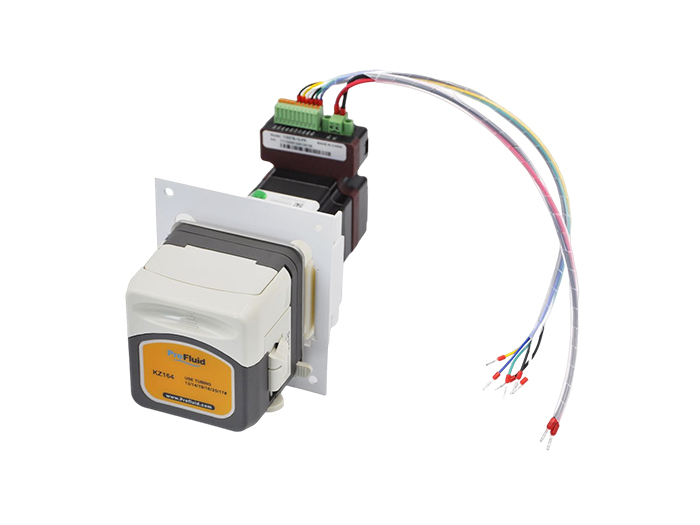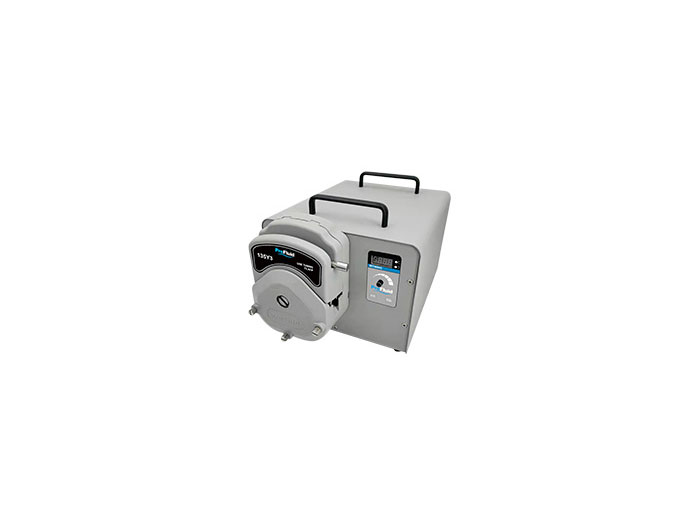Peristaltic pump is a commonly used fluid conveying device, which is characterized by the peristaltic effect in the pipeline through negative pressure, so as to transport the liquid to the target position in an orderly manner. The flow control of peristaltic pump is the key to ensure its operation.
In order to achieve accurate control of peristaltic pump flow, we first need to understand the working principle of peristaltic pump. When the pump rotor rotates in the container, due to the deformation caused by the elastic material, it will produce peristalsis, so that the liquid is transported. The flow of the peristaltic pump can be adjusted by controlling the speed and position of the rotor, so as to achieve different flow output.
In practical applications, there are many ways to improve the flow rate of peristaltic pumps. First, the efficiency of liquid delivery can be improved by optimizing the pump head structure. For example, increasing the number and length of peristaltic slots in the pump head can increase the time and distance the liquid is transported, thereby increasing the flow rate. In addition, the selection of the appropriate rubber material can increase the wear resistance and sealing performance of the pump head, and further improve the stability of the flow rate.
In addition, controlling the speed of the pump is also a key factor to improve the flow rate. By adjusting the speed of the motor, the rotation speed of the pump head can be changed, so as to achieve different flow control. Modern peristaltic pumps are usually driven by motors and can be equipped with frequency converters and sensors to precisely adjust the speed and achieve more accurate flow control.
In addition to the optimization of the pump head structure and speed, the peristaltic pump flow can also be adjusted by changing the parameters of the conveying pipeline. For example, increasing the inner diameter and length of the pipe can reduce the flow resistance of the liquid in the pipe and increase the flow rate. In addition, increasing the roughness of the pipe can increase the friction between the liquid and the pipe wall, which further improves the fluid delivery effect.
In practical applications, the flow control of peristaltic pumps often requires high precision and stability. To achieve this, flow sensors and controllers can be equipped to monitor and regulate the flow of liquids in real time. The flow sensor can determine the size and stability of the flow by measuring the pressure, flow rate and temperature of the liquid. The controller can automatically adjust the speed and position of the pump according to the feedback signal of the sensor to achieve accurate flow control.
In summary, the key to improve the flow rate of peristaltic pump is to optimize the pump head structure, control the speed, change the pipeline parameters, and equip the flow sensor and controller to achieve accurate control. Through the comprehensive application of these methods, the flow requirements of different application scenarios can be met, and the use efficiency and stability of peristaltic pump can be improved.


